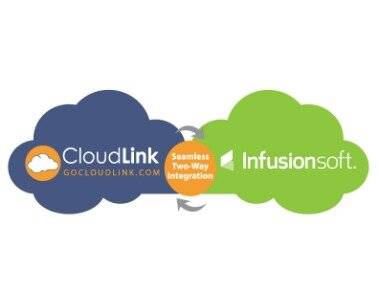Content

But beware — the more successful and experienced your salespeople become, the more deals they’ll be able to work and the bigger their contracts will be. This means their quota may quickly become inaccurate, so you’ll want to consistently evaluate it if you go with this approach. Perhaps you’re trying to build market share or attract the top 20 logos in your industry. You want salespeople to focus on those goals — compensating them on profit may distract them and cause them to pursue the wrong customers. As of 2021, roughly half (48.8%) of sales organizations uses this model of base plus commission as their compensation structure. Create a custom version of this compensation plan in our free sales compensation calculator kit.
What is a good bonus percentage?
What is a good bonus? Generally, a “good” bonus would be anywhere between 10-15%. However, a bonus of 15% would likely be considered more than good, as it's one of the highest percentages and somewhat rare.
Employers and employees set the terms of incentive bonuses, write them into an employment agreement, and get to work. However you choose to structure your bonus plan, Rippling can help make it an easy process. The software allows you to run a separate bonus payroll or add it into regular wages in your next payroll cycle. Commission structures are not one-size-fits-all, nor are they expected to stay the same over the course of a business’s existence. It’s okay to adapt and change a commission structure over time as sales goals are reached and new ones are created. If you’re a sales rep trying to determine how much of your paycheck is made up of your base pay, it can be slightly complicated.
Salary-based bonuses
When performance is down, everyone will think of their own interests before those of your company. Logically, this solution may be perceived as unfair by your most successful salespeople who generate significant revenue. This is a fact to be taken into account in order not to make your best elements “flee” to the competition. From a purely commercial point of view, this is a motivator to sign up but not necessarily to generate leads. If you don’t carefully follow your conversion tunnel, the risk is that your sales people will exhaust their leads very quickly and then struggle to generate business. Overall, respecting the sales processes you put in place will not be their priority.
RevOps and Finance Calculating Annual Bonuses And Commissionss can trust QuotaPath’s data is accurate by integrating deal data directly from their CRM and other revenue sources of truth. Align all teams that touch sales compensation plans by giving them a go-to, real-time location to check existing and forecasted earnings and progress toward quota attainment. Praised for its “ease of setup and use” by its 13,000 users, QuotaPath prides itself on prioritizing the customer and delivering the best user experience. That’s why QuotaPath offers a version of free commission tracking software, in addition to transparent, by-the-seat pricing, and a free sale compensation model and design tool to build plans.
Territory Volume Commission Plan
The biggest differences between a commission and bonus plan are the payment structure and how much sales reps earn. Similar to the straight commission model, employee earnings under this approach are based entirely on what the employee wins in sales. Employers make an advance payment to the individual, and then deduct that amount from any subsequent commission. In effect, salespeople are lent funds from their company, which they then pay back through their commission.
- On-target earnings are crucial for ensuring your salespeople are adequately rewarded for their efforts.
- Additionally, gross margin commission plans promote the sales of specific product lines.
- A sales compensation agreement usually involves careful negotiation with your employer.
- While this approach isn’t as unforgiving as straight commission, it still poses significant risks.
- Anytime your employee earns money later that can be apportioned to an earlier period, you must go back and run this calculation.
A study by BambooHR found that one-third of employees would take rather be recognized in a company-wide email from an executive than receive a $500 bonus. The first rule of non-monetary bonuses is that they cannot replace a monetary bonus. When employees expect a year-end bonus in the form of a check, they will not be assuaged by “it’s the thought that counts” claims. A referral bonus is paid to employees who “recruit” for their organization. When an employee successfully refers a candidate, they can receive referral bonuses after the new employee has stayed in the role for several months. Employers will also offer retention bonuses to current employees who have received other offers.
Retention Bonus
While it seemingly emulates salary schedule payments, they are regular commission payouts given to the employee before they need to earn that money back. If there are remaining commissions after a specific time period, you will payout the remainder. The following examples include the most common types of sales compensation plans. Each example has a different structure, so you’ll be able to tailor your plan to your specific sales team and business based on your needs, resources, and goals. Even the most straightforward bonus and commission structures can add complexity to a company’s payroll processes. Additionally, taxes for these forms of variable pay are calculated at a different rate than other income.

It doesn’t matter how much they sell, their take-home earnings are set. These are some of the most common sales compensation factors you’ll take into account when developing your comp structure but may not use all of them in the same plan. Below are some examples of compensation plans and how each of these elements fit into them. In this guide, we’ll discuss the importance of a sales compensation plan, the types of sales compensation plans, and the steps you can take to create one of your own.
Get the latest news from Namely about HR, payroll, and benefits. Instead, corporate goals encourage your staff to share best practice, helping each other to take on colleague leads when necessary. Another important trade-off is how to weight the individual and company performance objectives.



